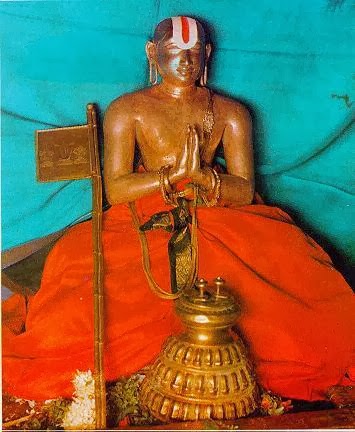Srimad Bhagavadgeeta :

Bhagavadgita is one of the most important scriptures of the mankind. It occupies a unique place among the followers of Hinduism. The Vedas, the Upanishads and the Brahmasutra form the foundations of the orthodox Hinduism or the Sanatana Hindu Dharma. The Gita is also given a place among these sacred Scriptures honourably, on an equal footing. One can say that the Upanishads, the Brahmasutra, and the Gita are the very basis of the Hinduism. There are various sects and sub-sects within the folds of the Hinduism. There are followers of different doctrines (Sampradayas) among the Hindus. All the leaders of three different branches of Hinduism have to justify their special doctrines with references to the authority of the Upanishads, the Brahmasutra and the Gita, to show that such doctrines are in consonance with the orthodox Hindu religion. These bases of Hinduism (the Gita, the Upanishads and Brahmasutra) are called the triple canon (Prasthanatraya). Rishi (seer) Ved Vyas is ...



